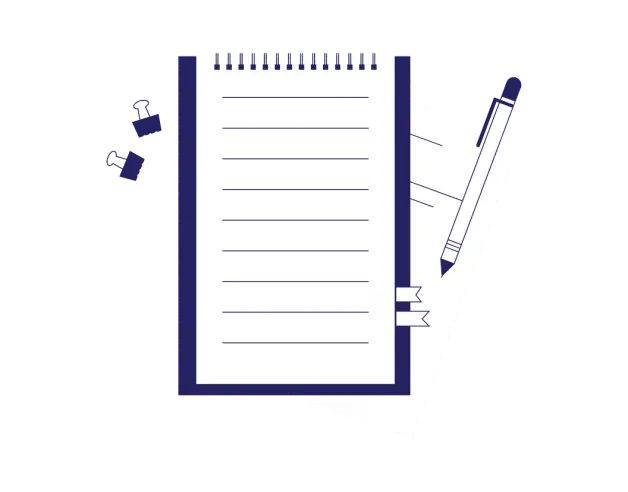
-
4-minute read
-
18th May 2018
How to Write the Date in a Document
In an era of calendar apps, we don’t have to write the date down often. But this does mean that it’s easy to forget the rules for writing dates in different places. It’s lucky, then, that we’re here to help!
Writing the Date in Full
In formal writing, always write the date in full when it is part of a sentence. This usually involves giving the day of the month, the month, and the year:
The meeting will take place on April 21, 2019.
Note that the year follows after a comma. You can, however, use a few different formats. This can include omitting the year or adding the day of the week. In addition, you can use ordinal instead of cardinal numbers when writing the date out in full with the day before the month:
- Thursday, October 3
- Tuesday, August 6, 2019
- The 21st of April 2019
The letters that follow the numbers above are a little old fashioned, but they are not incorrect. You may also see these numbers formatted as superscript. Whichever date format you use, however, make sure to apply it consistently for all dates in your document.
Abbreviating the Date
In less formal writing, or when the date is not part of the main text in a document, you can abbreviate the month to save space. For instance, “August 20, 2019” could be abbreviated to “Aug. 20, 2019.” The same can be done with days (e.g., “Tuesday” becomes “Tue.”).
Typically, the first three letters are used as the abbreviation for any day or month. However, some style guides (e.g., MLA) recommend only doing this for months with more than five letters.
Writing the Date as Numerals
You can also write the date as numerals. The format to use here is month/day/year. There are, however, a number of variations, including:
- Whether to put a “0” before single-digit months and days
- Whether to write the year in full or just the last two digits
- How to punctuate the date
For example, we could write March 4, 2019 in any of the following ways:
- 03/04/2019
- 03.04.19
- 3-4-2019
The best format is a matter of preference, as long as you use it consistently. However, you should also keep clarity in mind. For instance, if referring to something that could have happened in either 1902 or 2002, you should always give the year in full to prevent confusion!
Find this useful?
Subscribe to our newsletter and get writing tips from our editors straight to your inbox.
Subscribe to Beyond the Margins and get your monthly fix of editorial strategy, workflow tips, and real-world examples from content leaders.
Other Date Formats
We should now give a few thoughts to the rest of the world. After all, the month/day/year format used in the US is not really used anywhere else (except for the Federated States of Micronesia and the Marshall Islands).

Around the rest of the world, the most common format is day/month/year (e.g., in the UK and Australia). A few places also use a year/month/day format (e.g., China), but this is very rare in English.
This variation is especially important to remember with numeric dates, as it can be easy to get confused unless you know the format.
For instance, “4/10/2019” would refer to April 10 in the US, but it would refer to October 4 in Britain or France. So make sure to check the date format being used when dealing with other countries, otherwise you might be very early or very late for appointments in Europe!
The International Date Format
Finally, if you’re sharing information across the world, you may want to use the international date format (ISO 8601). This is a standardized format that works across borders, so it is commonly used by government organizations and global businesses. And it always uses the format YYYY-MM-DD, which removes any chance of confusion:
We sent the invoice on 2020-07-10.
The date above, for example, denotes July 10, 2020.
Expert Proofreading
If you want to be sure the dates in your documents are always clear and correct, don’t forget to have your writing proofreading. Submit a trial document for free today to find out more.




